Caterina Maria Romula de’ Medici, who was destined to become Queen of France as wife of King Henri II of France, was born at around 11 o’clock on the 13th of April 1519 in Florence. Her father was a Italian nobleman and scion of the ruling Medici House of Florence – Lorenzo II de’ Medici, Duke of Urbino. Her mother was Madeleine de La Tour d’Auvergne, who was a younger daughter of Jean III de La Tour, Count d’Auvergne and de Lauraguais, and his wife – Jeanne de Bourbon-Vendôme. Many say that Catherine belonged to a merchant, but rich family, but in actuality, she had quite an impressive ancestry on both paternal and maternal sides.
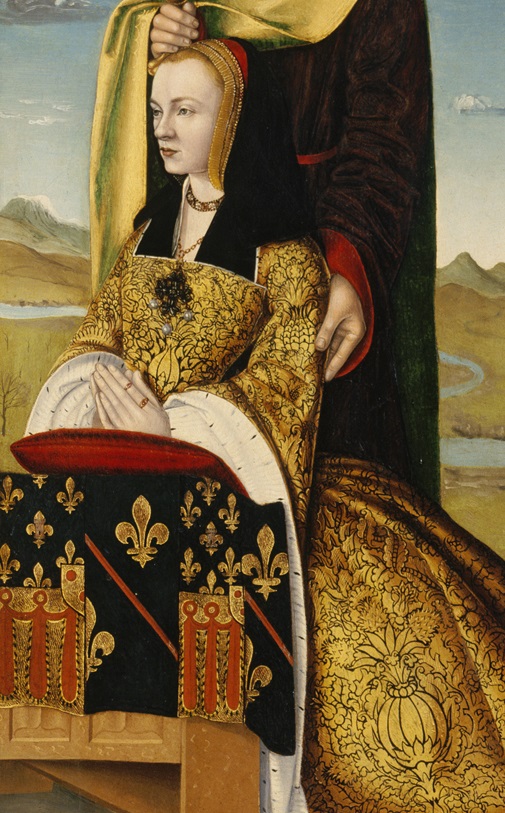
Madeleine de La Tour d’Auvergne was a great match for Lorenzo de’ Medici. The family of Catherine’s father were still viewed by many in Europe as nouveaux riches merchants. How was this match arranged? It was the idea of King François I of France to have a countess with the royal Bourbon blood marry into the Medici family. Why did François need this union? The grandparents of François on his paternal side were Louis de Valois, Duke d’Orléans (murdered in 1407 by the brutal and unscrupulous Jean the Fearless, Duke of Burgundy, who was later, in 1419, killed upon the orders of King Charles VII of France) and Valentina Visconti. This Milanese noblewoman was the only surviving child of Gian Galeazzo Visconti and Princess Isabelle of France.
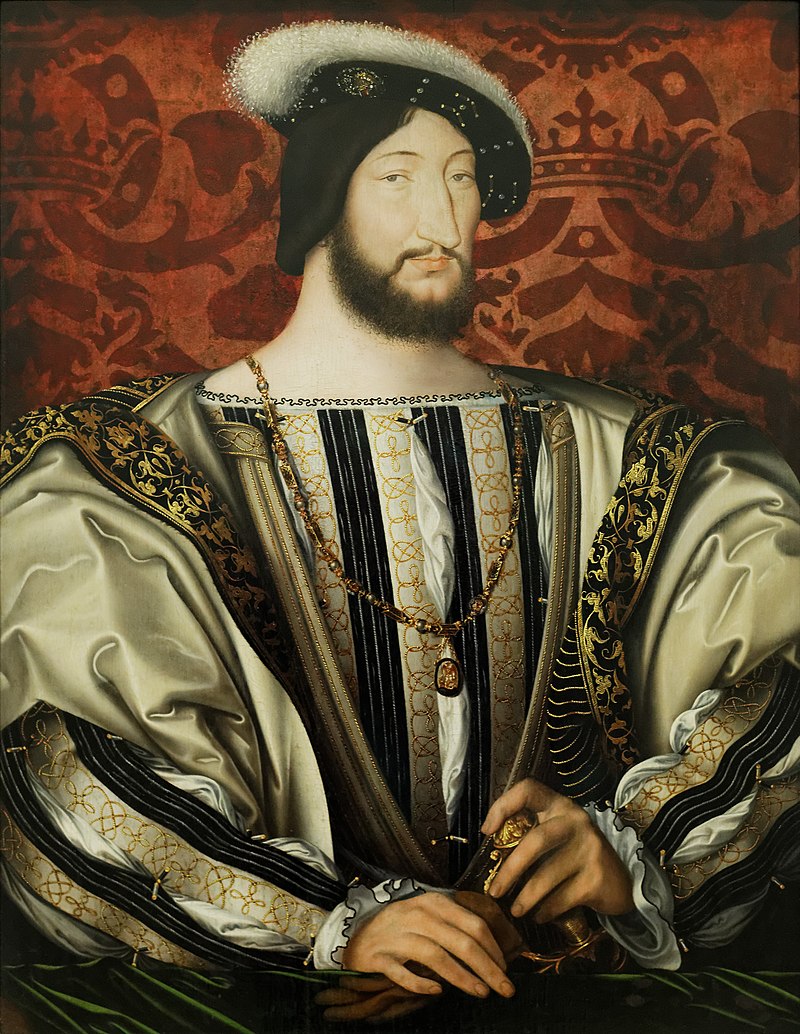
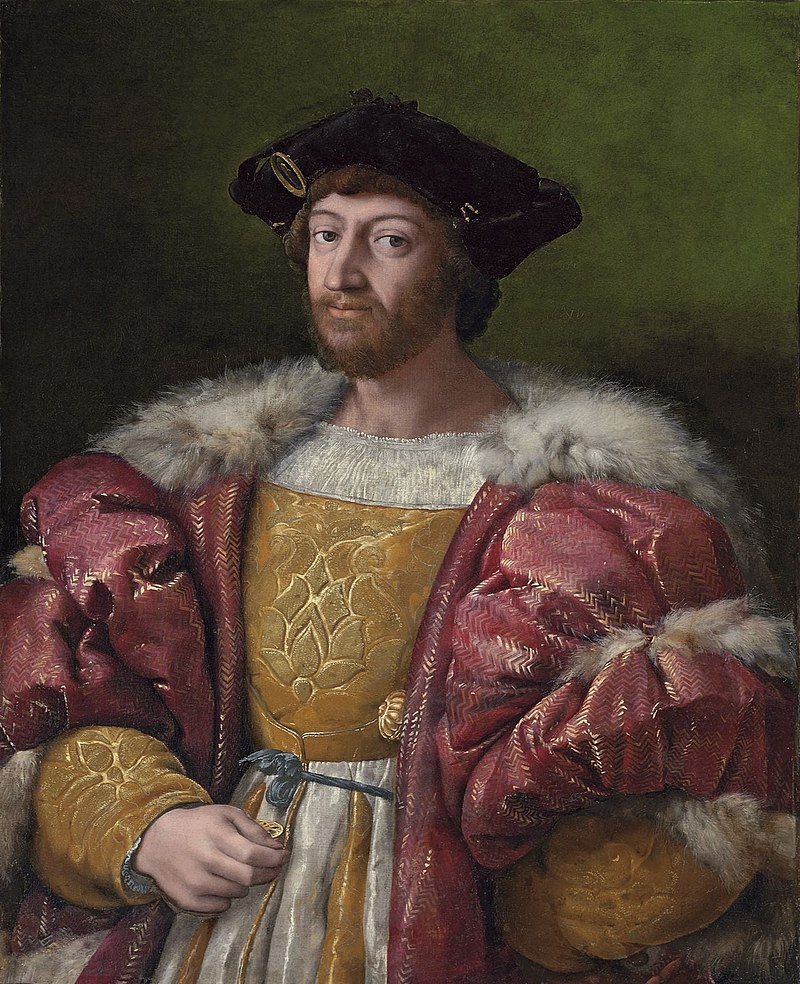
King François I had a great dream to restore his Milanese heritage. He entertained grand Italian projects, which reminds me of his ancestor’s dreams – I mean the dreams of Louis d’Orléans, for these men were quite similar in the way that they were artistic, cultured, impulsive, eccentric, and often had their head in the clouds. At the time, Italy was a conglomeration of principalities, duchies, republics, lordships, and city-states. It was also the very place from where the magnificent beauty and style of the Renaissance were spreading through the rest of Europe. From 1490 until 1559, when Spanish supremacy would be established in Italy, but not before François attempted to conquer Milan, for which he had a valid claim as Gian Galeazzo Visconti mentioned in the marriage contract between Valentina and Louis that if the legitimate Visconti male line died out, Valentina’s descendants would be able to occupy the ducal throne.
Due to the Italian dreams of King François, France needed to form strategic alliances on the Apennine peninsula. In the winter of 1515, François and Pope Leo X (born Giovanni di Lorenzo de’ Medici) signed an agreement of friendship. Lorenzo de’ Medici called the Magnificent, or Il Magnifico, who was the most famous from the House of Medici, had 3 sons with his wife, Clarice Orsini: Piero, Giovanni, and Giuliano. Due to the incompetence and arrogance Piero demonstrated as a ruler of Florence after his father’s death in 1492, the family was expelled from Florence, while their wealth and palaces were stolen and plundered by the angry mob and by local Florentines. Giovanni and Giuliano escaped, and they were much wiser; thanks to Giovanni’s efforts, the family returned to Florence in 1512. Piero was already dead at the time.
Giuliano reigned in the city of Florence upon the restoration of the Medici in 1512, until he died in 1516. Giovanni was elected Pope in March 1513, which was another Medici triumph. François I of France and Louise de Savoy arranged a fine match for Giuliano: he married Filiberta de Savoy, daughter of Duke Philippe II de Savoy, and Louise’s younger half-sister in February 1515 at the Valois court. In the same year, the monarch invested him with the title Duke of Nemours, perhaps grooming Giuliano for the throne of Naples. Unfortunately, the Medici family members seem to have inherited predisposition to tuberculosis from Clarice Orsini; their men did not enjoy good health either. Piero di Cosimo de’ Medici called the Gouty, the father of the Magnificent, suffered from severe gout for most of his life, while Lorenzo the Magnificent himself passed away of the same illness at the age of 43. Giuliano did not suffer from gout, but he seems to have been burned by consumption, dying without legitimate heirs at 37 in 1516.
Upon Giuliano’s death, Pope Leo’s nephew – Lorenzo II de’ Medici – became the leader of the Florentine Republic in 1516. Lorenzo was the only son of Piero the Unfortunate and his spouse, Alfonsina Orsini. Giuliano was dead, and now the Valois ruler focused on young Lorenzo. Despite calling the man a merchant in his private circles, François wrote to congratulate Lorenzo:
“I intend to help you with all my power. I also wish to marry you off to some beautiful and good lady of noble birth and of my kin, so that the love which I bear you may grow and be strengthened.”
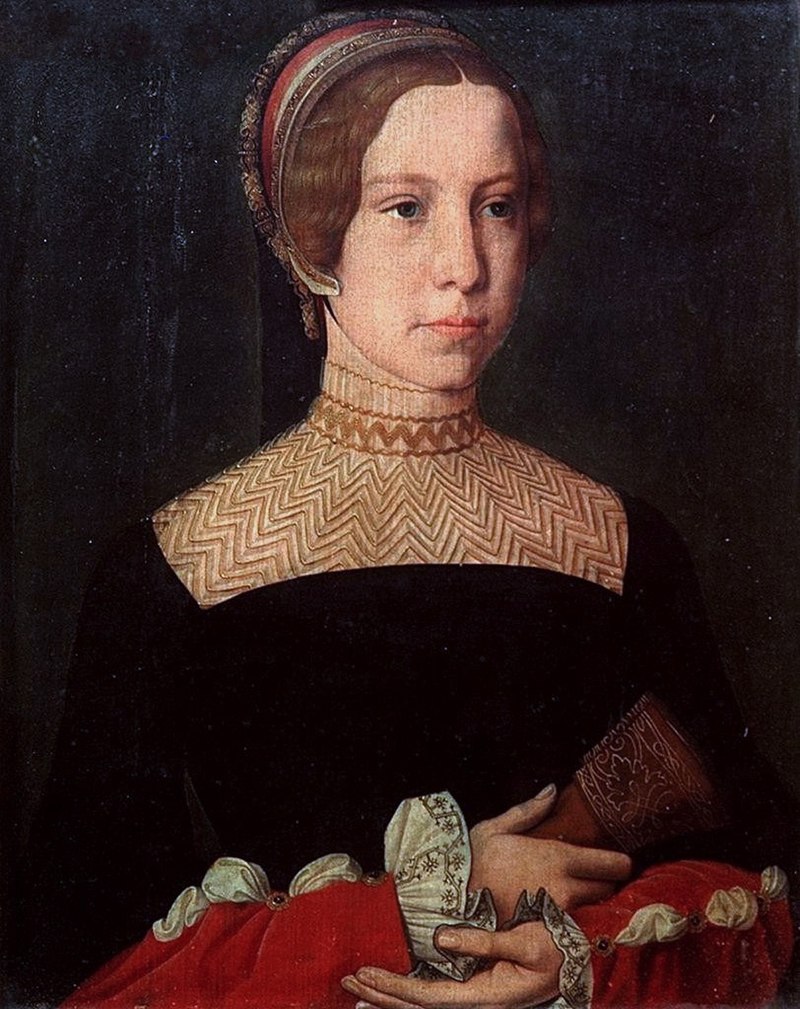
An overjoyed Lorenzo accepted the honor to be tied to the French royal family. The wedding of Duke Lorenzo II and Madeleine de La Tour d’Auvergne in Château d’Amboise took place on the 5th of May 1518. It was a sumptuous and grand affair, with guests dancing only in the Italian style and numerous victuals from the Italian cuisine served to the guests. François loved everything Italian and was the creator of the French Renaissance, so he gladly lavished the couple with gifts and granted Madeleine 10,000 gold coins. Lorenzo offered rich gifts to France’s nobility as well.
Afterwards, the couple traveled to Florence with a large cortege. The future seemed bright only at first glance. In 1517, Pope Leo X waged war that resulted in obtaining for his nephew the Duchy of Urbino. It was how Lorenzo II de’ Medici became Duke of Urbino. Madeleine quickly conceived a child, and her pregnancy progressed smoothly. Nonetheless, the health of Lorenzo, now Duke of Urbino, was steadily deteriorating: Lorenzo had many mistresses, and he did not take only noblewomen into his bed – he often visited bordellos, where he could have been infected with syphilis. His health was poor before and after the wedding, and Lorenzo fell ill in the autumn of 1518, suffering from intermittent high fevers and some other symptoms of syphilis.
While Madeleine was in confinement, her husband was dying. After Caterina’s birth, the baby was carried to her bedridden father by the servants. By that moment, Madeleine was gravely ill, fading hour after hour; she could have contracted syphilis from her husband, or it could be childbed fever. Lorenzo was not told about Madeleine’s misfortunes, and he must have been privately chagrined that Caterina was not a boy, understanding that he would breathe his last soon without male heirs. The baby girl was urgently baptized on the 16th of April 1519 in the Medici Chapel of Church of San Lorenzo. To brighten the gloomy reality, a contemporary chronicler proclaimed:
“They [Madeleine and Lorenzo] have both been as pleased as if it had been a boy.”
The girl, who was the only issue of this once promising couple, received 3 names. They were: Caterina, which was a Medici family name; Maria as it was the day of the Holy Virgin; and Romula, after the founder of the town of Fiesole. Madeleine passed away on the 28th of April 1519 at the age of only 20-21. Due to his fears over his condition, Lorenzo left Florence and moved to the Villa Medici at Careggi near the city. Lorenzo swiftly followed his wife into the early grave on the 4th of May 1519, aged 26. Therefore, Caterina became a full orphan when she was only 21 days old. The entombment of the couple in the splendid family vault at Basilica of San Lorenzo, where their baby had been recently christened, was a tragic ending to their union.

A poet and friend of Lorenzo II de’ Medici, Ludovico Ariosto (author of the romance epic Orlando Furioso written in 1516) composed a short ode about the revival of the Medici fortunes by the orphan child. The poem was called ‘Verdeggia un solo ramo’ (‘Only one branch greens’), and it was dedicated it to the last infant remnant of this illustrious Florentine dynasty:
A single branch, buds and lo,
I am distraught with hope and fear,
Whether winter will let it blow,
Or blight it on the growing bier.
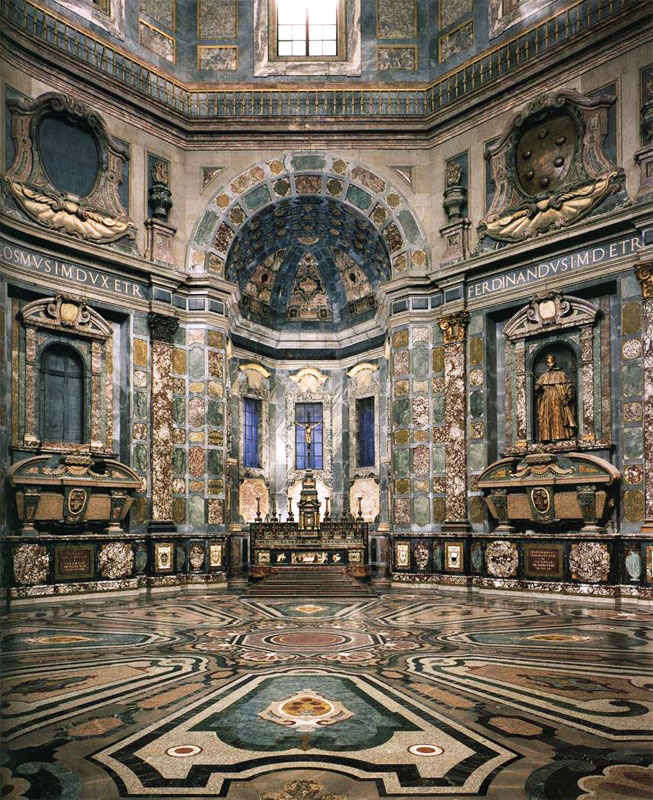

At the time of Madeleine’s marriage to Lorenzo, both of her parents – Jeanne de Bourbon-Vendôme and Jean III de La Tour – were already dead. Madeleine shared their many properties in Auvergne, Clermont, Berry, Castres, and Louraguais with her sister Anne, the spouse of the Scottish royal nobleman John Stuart, Duke of Albany. Upon Madeleine’s passing, Anne de La Tour d’Auvergne inherited the fortune, but she breathed her last childless in 1524. Then Caterina de’ Medici inherited the Counties d’Auvergne and de Boulogne, as well as the barony of La Tour.
Caterina was destined to become Catherine de’ Medici and marry Prince Henri de Valois, Duke d’Orléans at the time of their wedding. Again thanks to the aspirations of King François I of France to secure more Italian allies for France for his conquests, which nevertheless remained a dream despite the fact that unlike the Spanish, he indeed had a claim to Milan, especially after the end of the House of Sforza in the mid-1530s. Years later, Catherine would become one of the most controversial, powerful, ruthless, and yet captivating French queens. François I created Caterina when he arranged her parents’ marriage, and when chose her as a bride for his son, Henri.
Unfortunately, King François could not predict that Catherine, who carried Medici illnesses in her DNA (the Medici men did not live for long), would bring the House of Valois to its end in the legitimate male line with the death of King Henri III of France in 1589. The weakness of the progeny of Queen Catherine and King Henri II can also be explained by the fact that Henri was a product of inbreeding. Claude of France (a representative of the Valois-Orléans line) and François of France (a representative of the Valois-Orléans-Angoulême line) were second cousins.
King François and Queen Claude were both descended from Louis d’Orléans and Valentina Visconti, as well as King Charles V of France the Wise (le Sage), King Jean II of France the Good (le Bon – he does not deserve this name), and down the Valois and Capetian line to Hugh Capet and Charlemagne. François himself was less inbred: his grandparents, Jean d’Angoulême and Marguerite de Rohan, were not closely related, while his parents – Louise de Savoy and Count Charles d’Angoulême – were 5-6th cousins. Catherine de’ Medici and Henri de Valois were 7-8th cousins, but the combination of their genes together appears to have produced sickly male progeny with perhaps sterility issues (remember Queen Marguerite of Navarre, their daughter). Bad luck, lack of proper medical care, and lack of hygiene also contributed to the demise of the House of Valois in the male line, much to my chagrin. History might be ironic in tragic aspects.
All images are in the public domain.
Text © 2021 Olivia Longueville

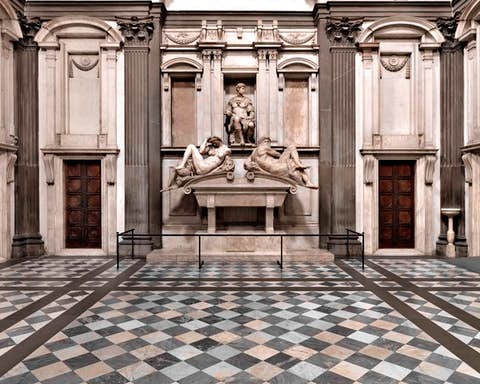




How are you Olivia. I recently discovered your blog and like it.
Catherine de medici was a very interesting woman. I had know idea Henri ii and Catherine were 7th and 8th cousins.
Hello Suzanne! I’m glad you like my blog.
Henri II of France and Catherine de’ Medici were related because her mother was Madeleine de La Tour d’Auvergne. Sadly, the Medici genes in combination with the Valois genes contributed to the end of the Valois dynasty as their progeny was quite sickly.